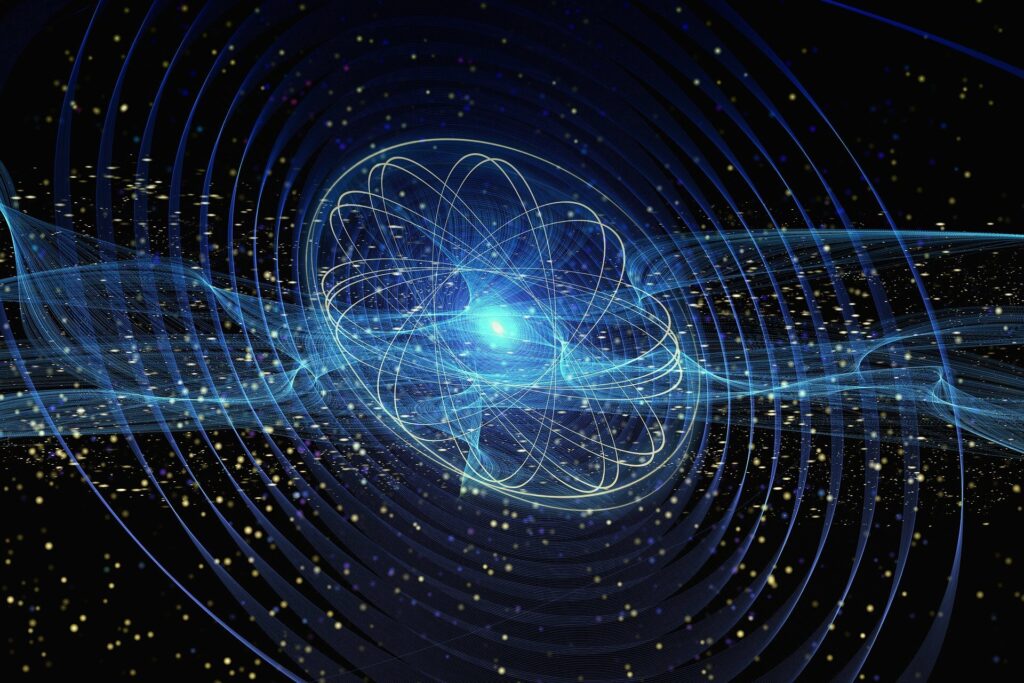
In a groundbreaking study, researchers from the University of California, San Diego have unveiled new insights into overcoming disordered energy in light-matter interactions, specifically within the realm of polaritons. This discovery, published in the journal Science, could pave the way for advancements in energy technology and photonic engineering.
Polaritons, which are formed through the strong coupling of light and matter, exhibit a phenomenon known as delocalization. This allows energy to be relayed between matter in ways that are otherwise impossible. However, the presence of disordered energy—a common occurrence in nature—poses a significant challenge. Disordered energy is less organized and less available for work, often leading to inefficiencies such as heat dissipation. This is a problem even observed in biological systems like plants, where disorder can impede effective energy transfer.
The Challenge of Disordered Energy
Disordered energy is a pervasive issue that affects various scientific fields, particularly in the context of polaritons. As disorder increases, it can disrupt light-matter interactions, including those crucial for polariton-enabled energy transfers. This has made overcoming energy disorder a critical area of research.
In their study, the UC San Diego team designed experiments to demonstrate how disordered energy can limit energy transfer pathways. They further showcased a strategy to mitigate this limitation, establishing new theoretical criteria for polariton formation that maintains coherent delocalization. This feature has the potential to influence matter properties, enabling control over chemical reactions.
Implications and Potential Applications
The implications of this research are vast. By retaining coherent delocalization, polaritons can be harnessed to improve energy transfer efficiency, which is crucial for the development of next-generation energy technologies. This could lead to significant advancements in areas such as solar energy conversion and optical computing.
Moreover, the ability to control chemical reactions through polariton interactions opens new avenues in photonic engineering. This could revolutionize the way we approach the design and functionality of photonic devices, potentially leading to more efficient and sustainable technologies.
Expert Opinions and Future Directions
Experts in the field have lauded the study for its innovative approach to a longstanding challenge. Dr. Emily Carter, a leading physicist not involved in the study, remarked,
“This work provides a crucial framework for understanding and manipulating energy transfer in complex systems. The potential applications are both exciting and transformative.”
Looking ahead, the research team plans to explore further applications of their findings in other materials and systems. They aim to refine their strategies for overcoming energy disorder, potentially leading to broader applications in various scientific and industrial domains.
As the world increasingly turns to sustainable energy solutions, the ability to efficiently manage and utilize energy at the molecular level becomes ever more critical. This study represents a significant step forward in that direction, offering new hope for the future of energy technology.
For more information, the full study can be accessed in the journal Science under the title “Overcoming energy disorder for cavity-enabled energy transfer in vibrational polaritons” by Guoxin Yin et al. (DOI: 10.1126/science.adx3137).





